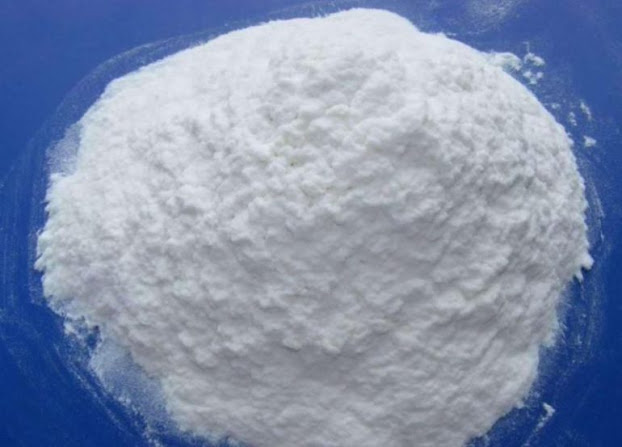Carboxymethyl Cellulose; Used To Treat Irritation and Discomfort Due To Dryness of the Eyes
Carboxymethyl cellulose, also known as cellulose gum, is a
cellulose derivative bound to some of the hydroxyl groups of the glucopyranose
monomers which make up the cellulose backbone. It is sometimes also used as its
sodium salt, sodium carboxymethyl cellulose. Carboxymethyl cellulose is used in
various end-use industries, such as oil & gas, paper processing,
agriculture, paint, pharmaceutical, and food & beverages, others. It is
chemically stable and physiologically inert, odorless, and tasteless substance,
safe for both the environment and the health.
Carboxymethyl
cellulose is extensively used as binder, dispersant, stabilizer, and thickener
in the aforementioned industries. It is a type of thickener and stabilizer used
in food like milk, ice cream, and some baked goods. Other uses include
chemicals, laundry detergents, dyeing, paper and ink making, and oil drilling. Plant-derived
cellulose, monochloroacetic acid, and caustic soda are some of the major raw
materials used to manufacture carboxymethyl cellulose.
Moreover, it is used in the treatment of dry eyes. It is
used as a lubricant to relive irritation and discomfort due to dryness of the
eyes or exposure of the eyes to wind or sun. Furthermore, carboxymethyl
cellulose is the United States Food and Drug Administration (FDA) approved
Ophthalmologic Agent that is used to treat burning, irritation, and discomfort
due to dryness of the eye. Common adverse reactions include eye pain, changes
in vision, irritation of the eye.
Cellulose is extracted from sugarcane bagasse through the
elimination of hemicellulose and lignin; then by using sodium monochloroacet
and various sodium hydroxide concentrations, it is converted to carboxymethyl
cellulose. The material exhibits gradual biodegradability and can be
incinerated after use, making it a very environmentally friendly material. However,
a wide variety of alternatives, such as such as ethylcellulose, methylcellulose,
guar gum, and hydroxypropyl cellulose, are available in the market, all of
which have similar properties and can replace carboxymethyl cellulose in
numerous applications.




Comments
Post a Comment